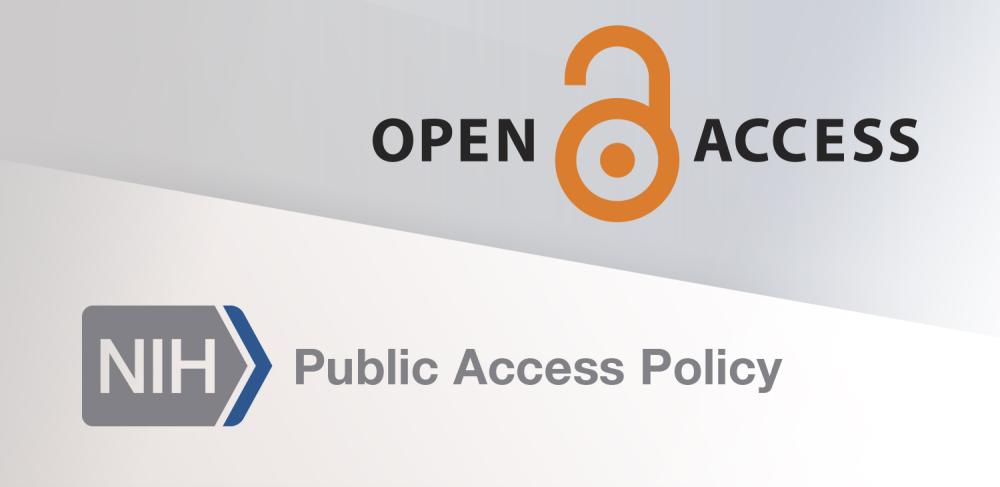By Robin Meckley, Contributing Writer, and Tracie Frederick, Guest Writer
Open access and public access—are they different concepts or are they the same? What do they mean for the researchers at NCI at Frederick?
“Open-access (OA) literature is digital, online, free of charge, and free of most copyright and licensing restrictions. What makes it possible is the Internet and the consent of the author or copyright-holder,” according to an open access website maintained by Peter Suber, director, Harvard Open Access Project. Publishing in open access journals usually requires the author or the institution to pay publication fees. Open access is not the policy mandated by the federal government.
The number of articles published in open access journals increased from 29,011 articles in 2009 to 120,972 articles in 2013, according to the Open Access Scholarly Publishers Association. The number of publishers offering different options for open access publishing has also increased. Lists of open access journals and publishers can be found in various locations, including the Directory of Open Access Journals and Sherpa/RoMEO.
Public access is the NIH requirement that all NIH-funded, peer-reviewed publications be made freely available within 12 months of publication through PubMed Central. According to staff at the NIH Intramural Database (NIDB), 78.1 percent of NCI’s publications were in compliance with the NIH Public Access Policy for fiscal year 2014. There are a variety of options for submission of articles to meet compliance. The NIH Public Access Policy website provides guidance on the best method for submitting articles via the NIH Manuscript Submission (NIHMS) system.
PubMed Central, the repository for public access articles, contains an alphabetic list of journals that are indexed on the site. The listing also provides information about each journal’s public access policy, or how soon articles are made freely available after publication.
Scientific Library Can Provide Additional Information
The staff of the Scientific Library can provide relevant information about open access and public access. In addition, the library offered special programs during International Open Access Week 2014, which was held last October. According to the International Open Access website, “Open Access Week, a global event …, is an opportunity for the academic and research community to continue to learn about the potential benefits of open access, to share what they’ve learned with colleagues, and to help inspire wider participation in helping to make open access a new norm in scholarship and research.”
Sue Fox, Office of Information Technology, Center for Cancer Research (CCR), attended the multi-speaker program that the library hosted during International Open Access Week 2014. “I am the point-of-contact for CCR staff members who have questions about NIH open access, NIHMS, the NIH coversheet, copyright, etc. So it is important to me to learn as much about open access as possible, including any new tips/guidance that I can pass along when I get an e-mail or call from one of our investigators or other staff,” Fox said. “I think our investigators and administrative staff have had a difficult time understanding the policy and procedures about NIH Public Access, particularly the difference between paying for an open access paper vs. submitting a paper to PubMed Central.”
A searchable list of online journals on the Scientific Library’s website includes many open access titles. A list of general open access resources is also available. For help with specific questions, contact the Scientific Library’s Reference Desk at NCIFredLibrary@mail.nih.gov.
The following PDFs contain additional information about public access and open access: Open Access Q&A 2014, Open Access Intro 2014, and Public Access Q&A 2014. You can also check out these websites:
- International Open Access Week 2014
- SPARC (Scholarly Publishing and Academic Resources Coalition)
- SHERPA/RoMEO
- Directory of Open Access Journals
- NIH Public Access Policy
- Determine Applicability of Journals for Public Access Policy
- NIH Public Access - Manuscript Submission from the Scientific Library
- PubMed Central
- PubMed Central Journals List
Tracie Frederick is the technical informationist in the Scientific Library.


